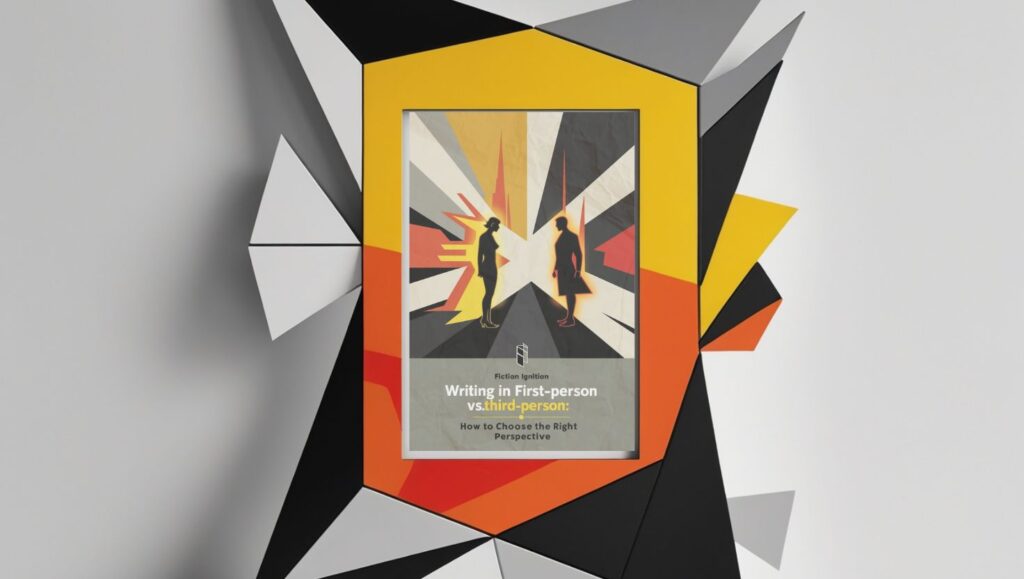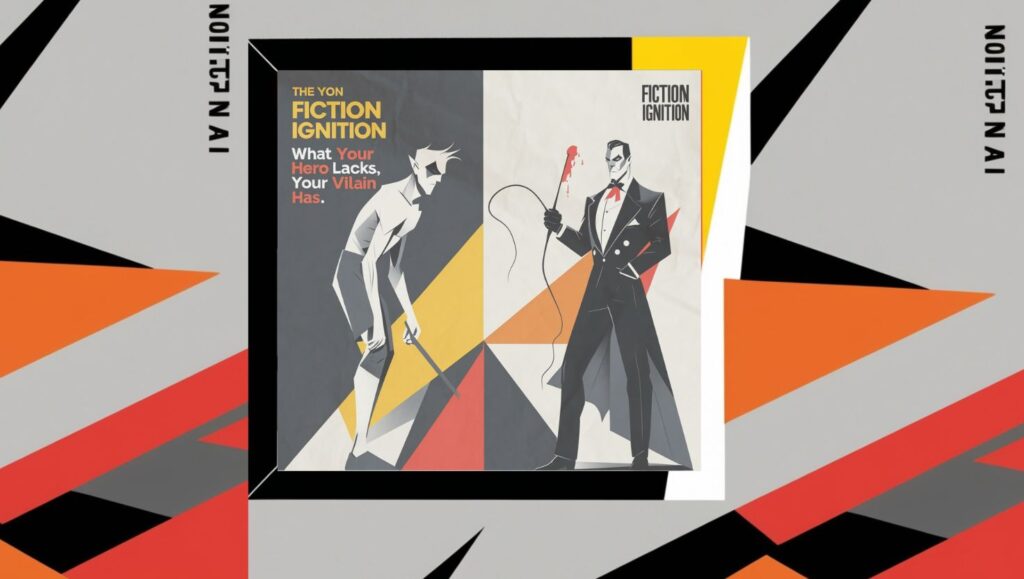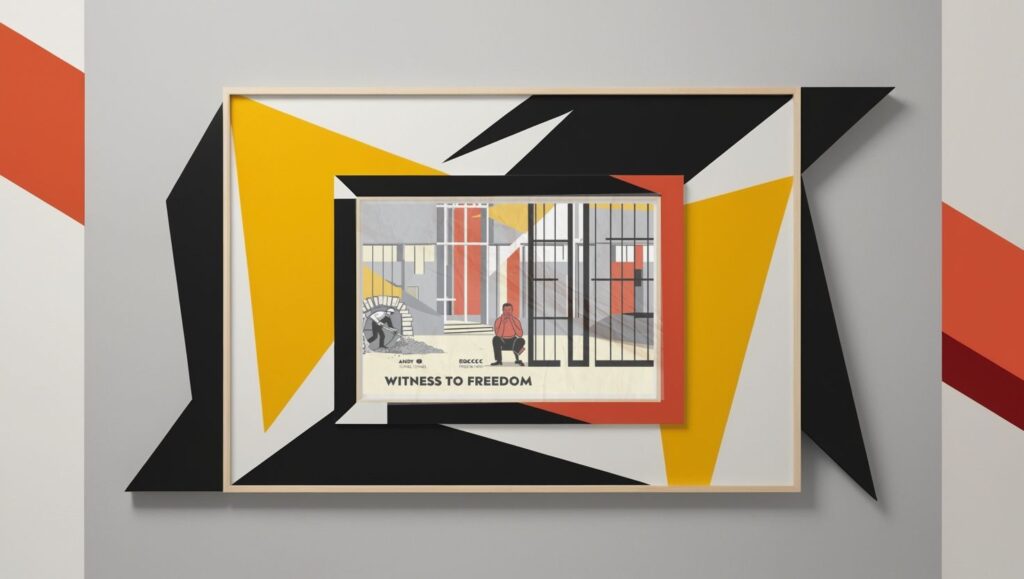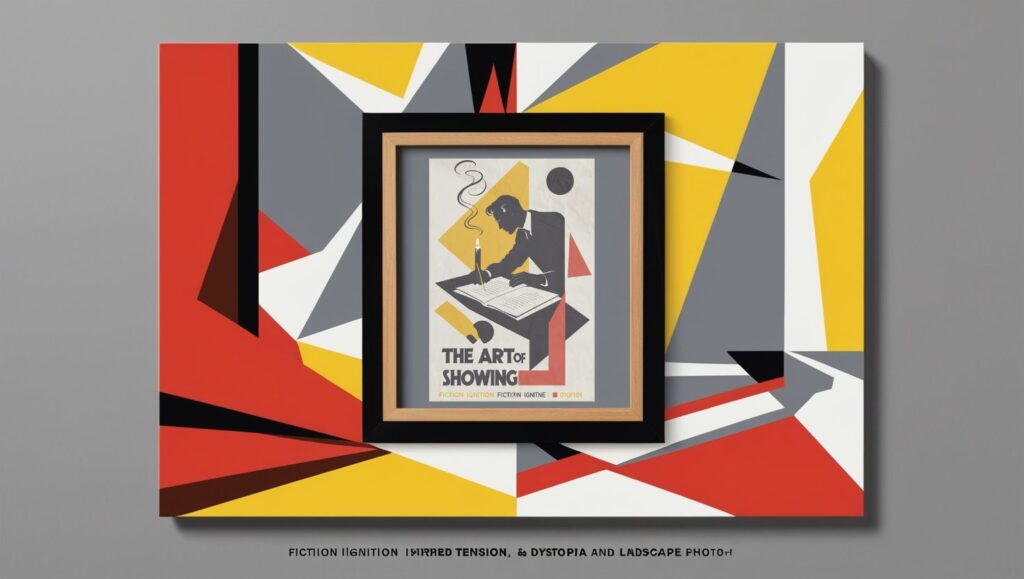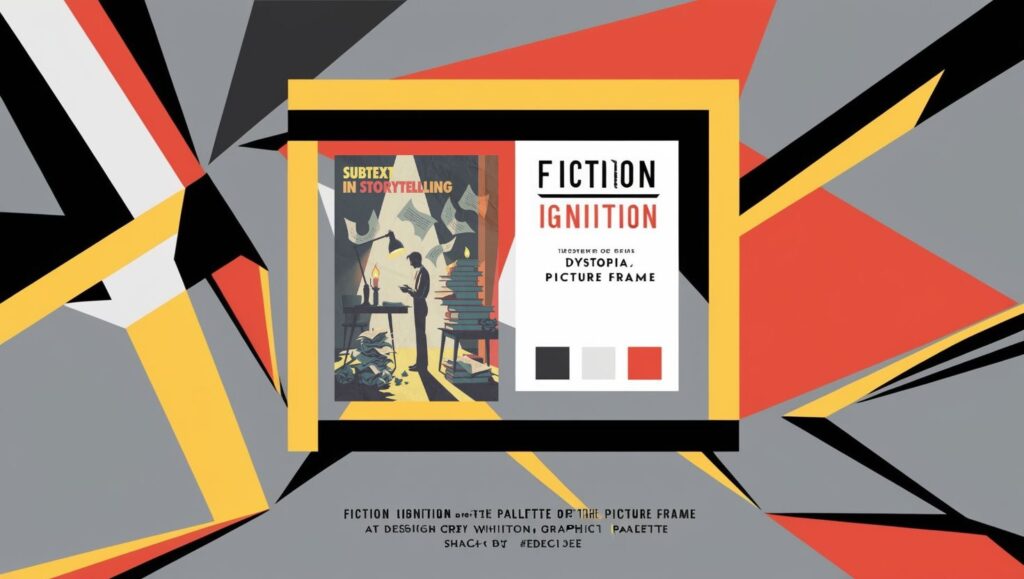Hello, Fiction Igniters! Gather ‘round because today, we’re diving headfirst into one of the most electrifying questions a writer can face: Should I write in first-person or third-person? Oh, the drama! The possibilities! The indecision! But fret not, because your resident Flamekeeper is here to light the way through this literary labyrinth.
First vs. Third: The Battle of Perspectives
Picking the right perspective isn’t just a checkbox on your writer’s to-do list. It’s the decision that can shape the entire feel, tone, and soul of your story. Choosing wisely means your readers will cling to every word; choosing poorly could leave them yawning and reaching for their phones. Let’s break it down together!
10. How Intimate Do You Want to Get?
First-person POV is like inviting your readers into the cozy living room of your protagonist’s brain. They get front-row seats to their thoughts, fears, and dreams. Think The Catcher in the Rye by J.D. Salinger. We don’t just know Holden Caulfield; we are Holden Caulfield for the duration of the novel.
But if you want a bit of distance—like watching the story unfold through a camera lens—third-person might be your jam. Whether it’s limited or omniscient, third-person lets you control the narrative’s intimacy level. J.K. Rowling’s Harry Potter series is a classic example of third-person limited. We stick with Harry but still see the world from a bird’s-eye view.
Flamekeeper’s Tip: If your story hinges on inner turmoil or a unique voice, first-person might be the winner. For a sprawling, multi-character epic, third-person is your go-to.
9. Whose Voice Do You Love?
Some characters demand the mic. Take Hazel Grace from John Green’s The Fault in Our Stars. Her first-person narration is so rich and specific that it couldn’t work any other way.
But if you’re more into describing lush landscapes or building complex worlds, third-person gives you the freedom to play. George R.R. Martin’s A Song of Ice and Fire juggles multiple perspectives, each painted with a unique brush.
Ask Yourself: Who’s the storyteller here, your character or you?
8. Is Your Plot a Mystery or a Master Plan?
Want to keep secrets from your readers? First-person is great for that! Your protagonist knows only what they know. Think Gillian Flynn’s Gone Girl – the unreliable narrator is first-person’s sneaky little secret weapon.
On the flip side, if you need to reveal information at just the right time (even if your protagonist doesn’t know it yet), third-person omniscient is your best friend. The great narrator of Dickens’ Great Expectations knows all, sees all, and dishes it out with perfect timing.
7. Genre Matters (More Than You Think)
Different genres have their preferences. Romance and YA often favor first-person for its intimacy and emotional pull. Sci-fi and fantasy frequently lean on third-person to handle elaborate world-building and multiple storylines.
Pro Tip: If you’re writing horror, first-person can amp up the fear factor. Just ask Stephen King’s Carrie or Shirley Jackson’s The Haunting of Hill House. But third-person horror (like in King’s The Shining) can create a chilling, objective detachment.
6. Think About Your Reader’s Experience
First-person makes your readers feel like confidants. It’s immersive and personal. But it’s also limited to one perspective. If your reader needs to know what’s happening outside of your protagonist’s bubble, third-person is the way to go.
Example: In Suzanne Collins’ The Hunger Games, Katniss’s first-person POV pulls us deep into her psyche. But imagine Game of Thrones told solely from Jon Snow’s perspective—we’d miss half the action!
5. Control the Flow of Information
Do you want readers to know everything as it happens, or are you building up to a big reveal? In Agatha Christie’s The Murder of Roger Ackroyd, the first-person narrator keeps us deliciously in the dark. Meanwhile, Tolkien’s third-person omniscient narrator in The Lord of the Rings knows the whole epic from the start.
Tip: Think about what your reader needs to know and when they need to know it.
4. What Are Your Strengths as a Writer?
Be honest with yourself. Are you a dialogue wizard who can write killer internal monologues? First-person might play to your strengths. Are you a world-building architect who loves weaving multiple storylines? Third-person could be your sweet spot.
3. Experiment and Play!
Here’s a secret: You don’t have to commit right away. Write a few scenes in first-person, then try them in third. You’ll feel which one clicks. Even Harper Lee originally wrote To Kill a Mockingbird in third-person before switching to Scout’s unforgettable first-person narration.
2. Mix It Up
Who says you have to pick one? Some stories thrive on a mix of perspectives. In The Book Thief by Markus Zusak, the narrator is Death (third-person omniscient), but the characters’ thoughts and feelings shine through. It’s a risky move, but oh, does it pay off.
1. Trust Your Gut
At the end of the day, no one knows your story better than you. What’s your gut telling you? Listen to it. Your instincts are part of your writer’s toolbox. Trust that voice inside you—it’s there for a reason.
Farewell, Fiction Igniters!
So, which perspective will you choose? Will you dive deep into the psyche of a first-person narrator or explore the wide world of third-person storytelling? Remember, there’s no wrong answer—only the one that serves your story best.
Until next time, don’t write, ignite!

